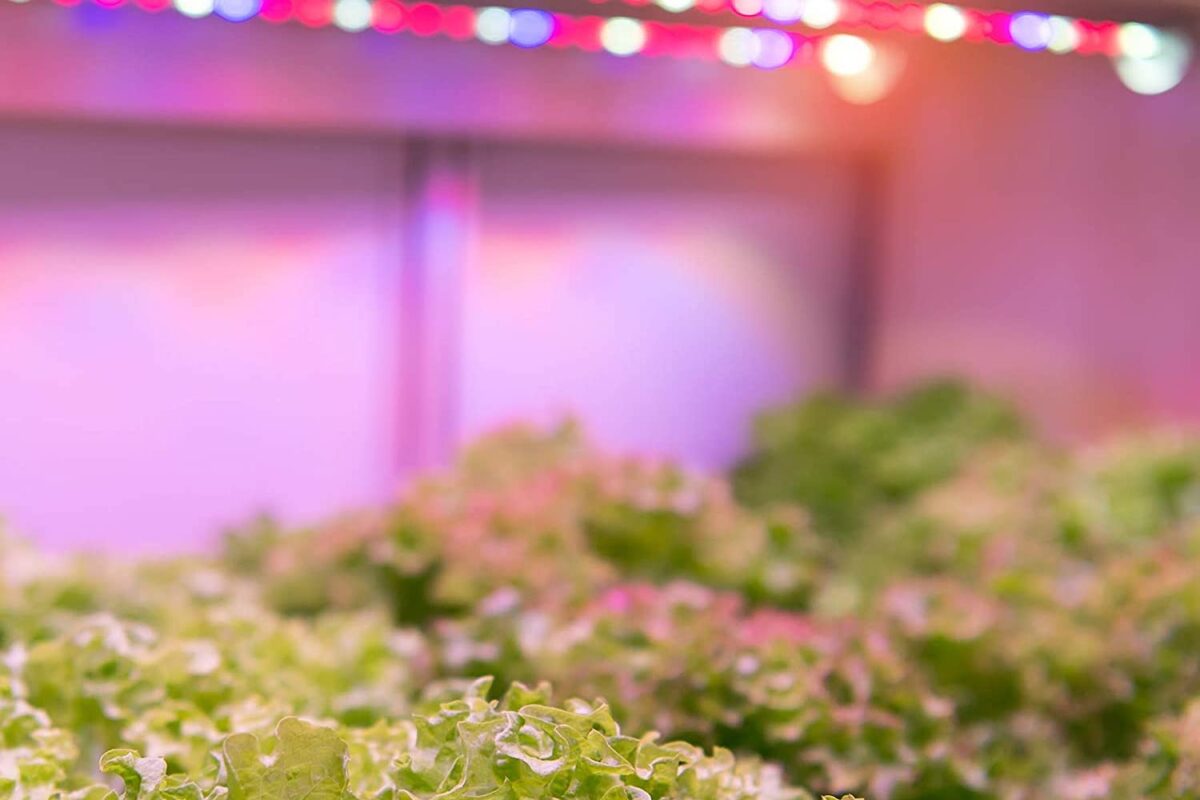
The Best Plant Light for Indoor Plants
Pest Strategies
Perfect for herbs, vegetables, and more, a light helps your indoor plants grow. To help you make the right selection for your needs, Pest Strategies researched the best plant lights for indoor plants on Amazon. Here are our top recommendations.
https://www.amazon.com/dp/B081CVFJPQ
GHodec Indoor Plant Light
What We Like: The light’s clamp base can be attached to your table, desk, balcony, banister, or other pieces of furniture. It uses 84 LEDs to produce 50 watts of power and features four-, eight-, and 12-hour timer functions.
https://www.amazon.com/dp/B01IVQ96KY
Roleadro Indoor Plant Light
What We Like: This 75-watt light uses full-spectrum LEDs to promote photosynthesis, helping your plants grow quickly. With the included kit, installation is simple for every gardener, including beginners.
https://www.amazon.com/dp/B077L4K12Z
Feit Electric Indoor Plant Light
What We Like: With an output of 19 watts, this light fixture consumes minimal electricity. The included hanging kit makes it quick and easy to mount the light in any configuration that suits your plants. It’s also rated for high-humidity use, making it safe and effective in warm, tropical climates.
https://www.amazon.com/dp/B08NCR9S1D
Yadoker Indoor Plant Light
What We Like: This light offers height adjustability, allowing you to accommodate budding or full-grown plants. A timer is also built into its power cord to allow for eight, 12, 16, or 24 hours of light, accommodating the lighting needs of any indoor plant.
https://www.amazon.com/dp/B08PD35XP2
BESTVA Indoor Plant Light
What We Like: This plant light promises durability in addition to powerful performance. It has a waterproof LED board and a driver protection cover, making it safe for use in humid environments. With a zero-noise fan, this panel keeps your indoor growing area quiet.
Buying Guide
Help your indoor plants achieve the best yield and fastest growth with a plant light. Below is a brief guide to inform your purchasing decision.
- Bulb Type: For small-scale residential gardens and large-scale commercial operations, you’ll encounter three types of lights for indoor plants:
- Fluorescent: These lights are inexpensive, but they need to be close to the plants or seeds to effectively do their job.
- HID: HID lights are more expensive and powerful than fluorescent lights. They’re good for larger plants, such as tomatoes.
- CFL: Like HIDs, CFL lights are more expensive than fluorescent lights. However, they’re the most energy-efficient of the bunch, and they stay cool to the touch when they’re on.
- Light Style: Indoor grow lights are available in a variety of types. Here are some of the most common that we included in this review:
- Panel: Panel lights are mounted from your ceiling to hang over your plants. They work best for bigger indoor gardens because of their large size and powerful output.
- Tube: Similar to panels, tube lights mount to your ceiling. These lights are smaller and less powerful than panels, but they also work well for larger gardens because they are usually connectable.
- Bendable: These grow lights typically have multiple heads. The heads bend, allowing you to position them perfectly over your plants. These lights have a clamp or freestanding base.
- Size/Portability: If your plants will be staying in the same place through every stage of their growth cycle, consider a heavier, mountable indoor plant light. However, if you have smaller plants that you like to move from room to room, choose a more portable bendable light.
- Wattage: Power output for indoor plant lights is measured in wattage. You’ll want a higher-wattage light if you’re growing multiple large plants or plants that require a lot of light. Though light requirements vary from plant to plant, the general rule of thumb is that you need 32 watts per square foot.
FAQs
-
How long should I run my plant lights?
It depends on how much light your plants need, but in general, keep your lights on long enough to mimic natural sunlight. This is anywhere from eight to 16 hours a day. If your plants receive some natural light through windows, you can reduce their exposure to artificial light accordingly.
-
Will too much light or heat burn my plants?
Yes. Wilting or spotted leaves are a sign that your light is too close to your plant. While wattage and other factors determine how far away your grow light needs to be, we recommend placing it at least two feet away from the top of your plant.
-
What is the photosynthetic spectrum?
The photosynthetic spectrum refers to the “sweet spot” within the electromagnetic spectrum where most plants tend to thrive.
Pest Strategies provides reviews of select products that are top-selling on Amazon and/or popular in consumer searches. Our team evaluates the products based on industry research, consumer reviews, pricing data, and other objective criteria. Unless otherwise noted, these product reviews are intended to help inform buying decisions for non-professionals. Because pest control products can be dangerous to your family if mishandled, we always recommend consulting with an exterminator, even if just to ask for advice on how to apply pest control products yourself.